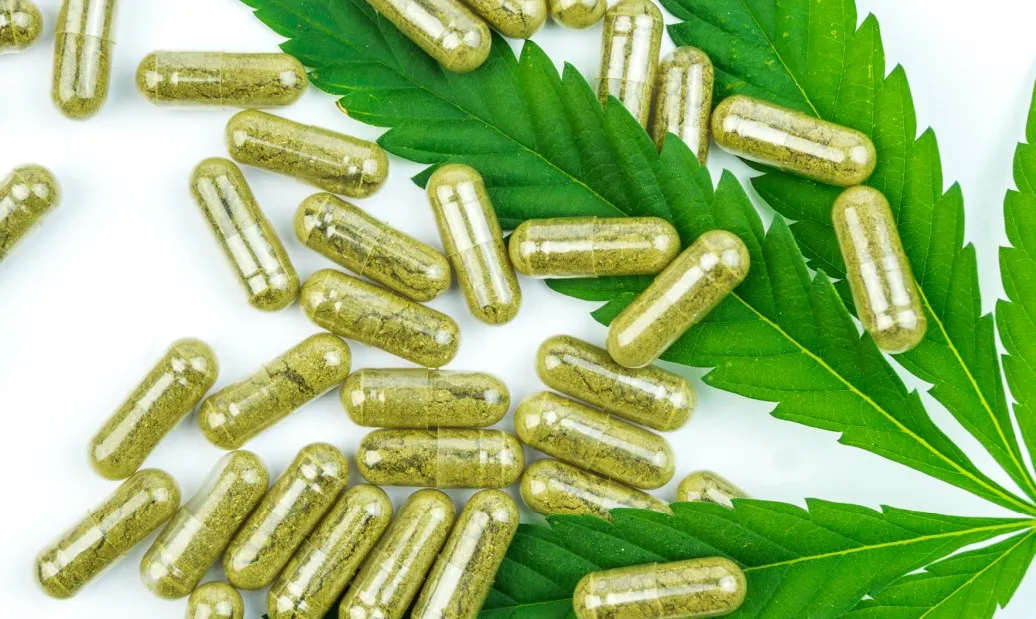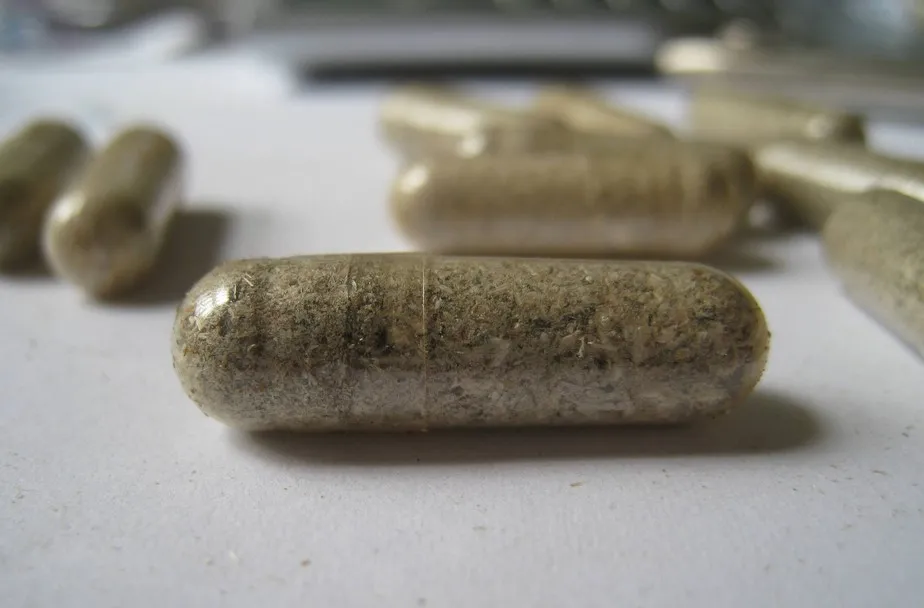With the cannabis community consumed by THC potency, there is a trend of “microdosing” emerging; that is, consuming less cannabis as opposed to more. As cannabis use becomes more mainstream, this tactic gains popularity.
What is microdosing?
Some people who want to use cannabis for medical purposes take small doses of it regularly, so that they can get the benefits of THC without being high and having their lives affected in a negative way.
Because microdosing is something so personal, there cannot be a one size fits all solution. Each patient must discover what works for them.
According to Michelle Ross, founder of IMPACT network- a nonprofit organization dedicated to using medical research to find new cannabis treatments for patients- most people are uninformed about microdosing. She states, “Many people simply overload their system with cannabis or high amounts of THC without knowing whether or not that will be the best approach for their condition.”
Although Microdosing has been commonly related to drugs such as LSD, many professionals now theorize that the amount of THC needed for medical advantages is much lower than initially believed. Furthermore, an abundance of anything can often have a negative effect.
According to Dustin Sulak, an osteopathic physician based in Maine who often uses small doses of cannabis to treat patients, sometimes raising the dose can actually result in negative effects. He gives anxiety as an example, explaining that a little cannabis can help reduce it while too much can cause it.
What medical conditions lend themselves to microdosing with cannabis?
More and more patients are finding that microdosing cannabis helps to ease conditions such as depression, stress, anxiety, pain, and also improves focus and promotes sleep. Even though a lot of empirical evidence is still needed, there is some clinical research that suggests using less medicinal cannabis might actually be better.
In a 2012 study involving patients who didn’t respond to standard opioid painkillers for cancer, it was discovered that those given nabiximols (a THC/CBD compound) showed the most improvement in pain management at low doses. In fact, higher doeses caused more pain.
In another study, a group of incarcerated individuals were given low (four milligram) doses of Nabilone, a synthetic cannabinoid was given to help treat posttraumatic stress disorder (PTSD) and its associated symptoms. The results published in 2014 showed significant improvements in PTSD-associated insomnia, nightmares, general symtpoms, and even chronic pain. Dr. Sulak also points out that cannabis can be effective for helping to control other chronic conditions beyond those listed here. “If I see someone with multiple sclerosis who is experiencing a lot of symptoms, she may need a higher dose to get the symptoms under control,” he says. “But as her condition improves, her daily dose will go down and down and down until microdosing becomes a maintenance plan.”
To help manage her own persistent health issues, Ross indeed takes several small doses of cannabis each day.
“Cannabis is the only thing that has helped me manage my chronic health problems, including neuropathy and fibromyalgia,” she says. Sulak has also found that microdosing cannabis on a daily basis helps reduce stress and sharpen focus at work.
What is the optimal dosage for microdosing cannabis?
In short, it depends. The amount of THC that will result in feeling high can vary depending on individual differences in liver metabolism, genetics of cannabinoid receptors and previous usage.
“The goal is to use the smallest dose possible while still seeing results.”
“Microdosing is something that requires personalization,” Ross says. “What works for one person might not work for another. So keep experimenting until you find the dose that works for you.” He suggests beginning at 2.5 milligrams and maintaining that level for a few days before increasing if needed. However, even finding the right starting point can sometimes be tricky.
People in Colorado have a saying: “Start low and go slow.” However, the minimum dosage that they recommend for consumers is already 10 milligrams, which is too high according to Cannabis Dispensary. Meanwhile, Sulak believes people should start at an even lower dose and has created a guide explaining how to do this safely for both experienced and novice users.
Sulak suggests that those who use cannabis frequently should abstain for an initial 48 hours to reset their endocannabinoid system. Even though this sounds like a short amount of time after years of usage, last year a study was published tracking the number of cannabinoid receptors during abstinence from cannabis. The results showed that in heavy smokers, the receptors returned to normal levels after only two days.
After cleansing your neural system, you should gradually reintroduce cannabis into your routine. Start slowly with just one milligram. The goal is to use the smallest dose possible so that you don’t get too stoned or relieve all of your symptoms at once. Once you find a minimal but noticeable dose (likely between 1-3 milligrams), stay there for a few days before increasing as needed.
Furthermore, Sulak has found that using lower doses of cannabis leads to greater sensitivity over time. Therefore, it is crucial to begin with low levels and gradually increase intake. Although this observation hasn’t been proven in a clinical setting, research on animals suggests that small doses of THC can cause an rise in endocannabinoid production (as well as the expression of its receptors).
What Dr. Sulak is saying is that if you increase your tolerance to THC, you are also increasing your tolerance to the cannabinoids naturally produced by your body. These cannabinoids work together to maintain a state of balance and good health within our system. By taking low doses of cannabis regularly, we can train our bodies to be more sensitive to these internal cannabinoid signals which will help us respond better in times of stress or illness.
If you are new to cannabis or only use it occasionally, Sulak said to start with a combination of one milligram THC and one CBD. Gradually increase the dosage while keeping ratio 1:1 until you feel something. After that, stay at that level for four days.
“At some point, everyone will need to increase their dosage and it will not work as well,” he explains. “That means they have passed their optimal dose. But the optimal dose is different for everyone. Finding it means going past it.”
What is the best way to microdose cannabis?
While there are many ways to microdose cannabis, some methods may be more effective than others. Sulak suggests that those who want to use this method smoke or vape just one puff, wait five minutes for any effects, and take another only if needed. However, it can be tough to exactly control the amount of THC in your system when using this approach.
Rather than using cannabis recreationally or treating it like medication for severe conditions, we should think of it as a way to stay healthy – like taking a multivitamin.
Concentrated forms of cannabis, like tinctures and oils, are often recommended by experts. They allow users to more accurately control their dosage. When it comes to edibles, however, users should be cautious. Edibles that have not been tested can be unreliable in delivering a low dose of THC.
According to Ross, “It would be impossible to cut a brownie that contains 100 milligrams of THC into equal portions and accurately estimate 2.5mg— Individuals need to remember that most edibles are not always consistent in their dosage.”
A number of products now available lend themselves to microdosing, such as KIVA Confections’ mints and chocolates with THC concentrations starting at 2.5 milligrams. Yet, it can take over an hour to feel the effects of some edibles. For those seeking immediate relief, an alternative is THC-infused tea, such as products from Stillwater, which can calm the nerves after just 10 minutes.
Ross also highlights that products like these are ideal for inexperienced individuals. “It is less likely you will have a negative experience if you start with 2.5 milligrams. This rids the potential of having too much and then not enjoying it.”
Should CBD also be used to microdose?
Microdosing refers to consuming small, regular doses of THC, the psychoactive cannabinoid in cannabis. However, many people find that adding an equal ratio of CBD provides even more benefits. “CBD and THC work together to create a wider therapeutic window,” explains Dr. Sulak. This means you’re less likely to see side effects from THC and more likelygi iedto reap its rewards”
Although it is important to note that doubling the amount of cannabinoids for each dose can be financially crippling, because CBD is very expensive. Sulak also mentions that for some people, CBD acts as a mental stimulant and should be avoided in the evening prior to bedtime. While many have already started to benefit from the wonders of THC frugality, many challenges still remain.
“Rosshopes to see more low-dose products on the market soon. “I feel like every dispensary should be carrying these” Ross says.
According to Sulak, the largest problem preventing people from microdosing is cultural. We need to shift how we see cannabis in society–instead of using it for fun or treating serious conditions, look at it as a way to maintain wellness like taking a daily vitamin.
While it may be tough for some to consume less cannabis as it becomes more unveiled, those who want to stability their high and remain level-headed should think twice before taking that next hit because the new talk is, you guessed it, no talking.


